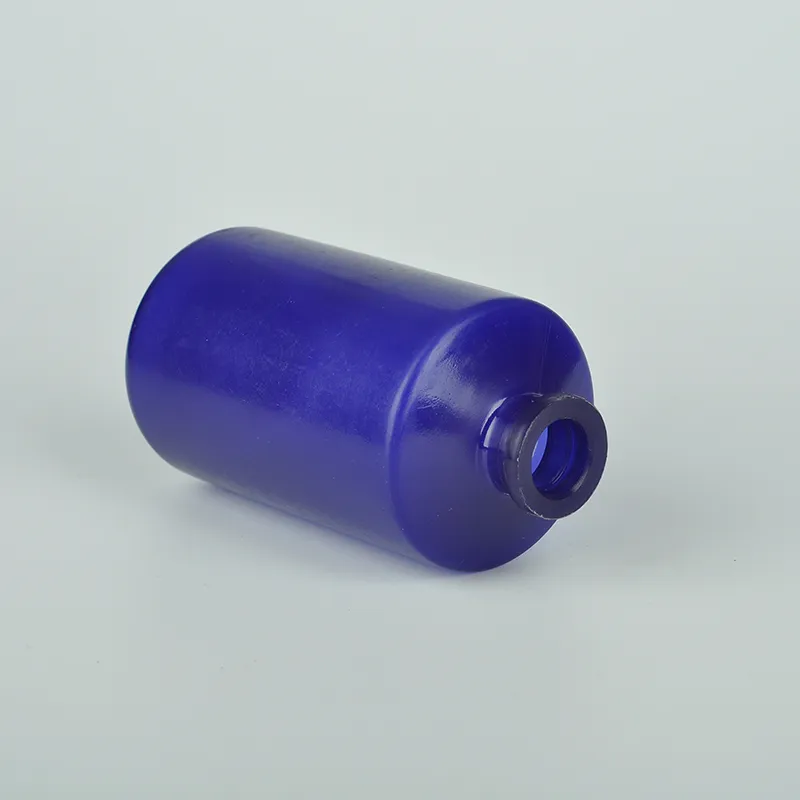
-
 Afrikaans
Afrikaans -
 Albanian
Albanian -
 Amharic
Amharic -
 Arabic
Arabic -
 Armenian
Armenian -
 Azerbaijani
Azerbaijani -
 Basque
Basque -
 Belarusian
Belarusian -
 Bengali
Bengali -
 Bosnian
Bosnian -
 Bulgarian
Bulgarian -
 Catalan
Catalan -
 Cebuano
Cebuano -
 Corsican
Corsican -
 Croatian
Croatian -
 Czech
Czech -
 Danish
Danish -
 Dutch
Dutch -
 English
English -
 Esperanto
Esperanto -
 Estonian
Estonian -
 Finnish
Finnish -
 French
French -
 Frisian
Frisian -
 Galician
Galician -
 Georgian
Georgian -
 German
German -
 Greek
Greek -
 Gujarati
Gujarati -
 Haitian Creole
Haitian Creole -
 hausa
hausa -
 hawaiian
hawaiian -
 Hebrew
Hebrew -
 Hindi
Hindi -
 Miao
Miao -
 Hungarian
Hungarian -
 Icelandic
Icelandic -
 igbo
igbo -
 Indonesian
Indonesian -
 irish
irish -
 Italian
Italian -
 Japanese
Japanese -
 Javanese
Javanese -
 Kannada
Kannada -
 kazakh
kazakh -
 Khmer
Khmer -
 Rwandese
Rwandese -
 Korean
Korean -
 Kurdish
Kurdish -
 Kyrgyz
Kyrgyz -
 Lao
Lao -
 Latin
Latin -
 Latvian
Latvian -
 Lithuanian
Lithuanian -
 Luxembourgish
Luxembourgish -
 Macedonian
Macedonian -
 Malgashi
Malgashi -
 Malay
Malay -
 Malayalam
Malayalam -
 Maltese
Maltese -
 Maori
Maori -
 Marathi
Marathi -
 Mongolian
Mongolian -
 Myanmar
Myanmar -
 Nepali
Nepali -
 Norwegian
Norwegian -
 Norwegian
Norwegian -
 Occitan
Occitan -
 Pashto
Pashto -
 Persian
Persian -
 Polish
Polish -
 Portuguese
Portuguese -
 Punjabi
Punjabi -
 Romanian
Romanian -
 Russian
Russian -
 Samoan
Samoan -
 Scottish Gaelic
Scottish Gaelic -
 Serbian
Serbian -
 Sesotho
Sesotho -
 Shona
Shona -
 Sindhi
Sindhi -
 Sinhala
Sinhala -
 Slovak
Slovak -
 Slovenian
Slovenian -
 Somali
Somali -
 Spanish
Spanish -
 Sundanese
Sundanese -
 Swahili
Swahili -
 Swedish
Swedish -
 Tagalog
Tagalog -
 Tajik
Tajik -
 Tamil
Tamil -
 Tatar
Tatar -
 Telugu
Telugu -
 Thai
Thai -
 Turkish
Turkish -
 Turkmen
Turkmen -
 Ukrainian
Ukrainian -
 Urdu
Urdu -
 Uighur
Uighur -
 Uzbek
Uzbek -
 Vietnamese
Vietnamese -
 Welsh
Welsh -
 Bantu
Bantu -
 Yiddish
Yiddish -
 Yoruba
Yoruba -
 Zulu
Zulu
Innovative Designs for Sustainable Plastic Bottles in Modern Packaging Solutions
The Evolution of Plastic Design for Bottles
In today’s fast-paced world, plastic bottles have become an integral part of our daily lives. From water and soft drinks to pharmaceuticals and household cleaners, these versatile containers are used worldwide. However, the design of plastic bottles has evolved significantly over the years, driven by advancements in technology, environmental concerns, and consumer preferences.
The journey of plastic bottle design began in the early 20th century when glass was the primary material for packaging beverages. The advent of plastic in the 1940s revolutionized the industry, offering a lighter, more durable alternative. Early plastic bottles were bulky and not environmentally friendly. They were primarily designed for functionality rather than aesthetics, leading to a lack of innovation in the design realm.
The Evolution of Plastic Design for Bottles
In recent years, the trend has shifted towards more sustainable practices. With increasing awareness of plastic pollution, designers are now challenged to create bottles that are not only aesthetically pleasing but also environmentally responsible. Many companies are investing in research to develop biodegradable plastics and improve recycling processes. For example, brands like Coca-Cola and Pepsi are experimenting with bottles made from 100% recycled plastics, aiming for a circular economy where materials are reused rather than discarded.
plastic design bottle

Another significant trend in plastic bottle design is the incorporation of ergonomic features. Designers are creating bottles that are easier to hold, pour, and transport. Consider the ergonomic designs of sports and fitness bottles, which often include features like grip-enhancing textures and flip-top lids for easy access while on the go. These thoughtful designs prioritize user experience while also catering to an active lifestyle.
Aesthetics play a crucial role in modern plastic bottle design. Consumers are increasingly drawn to products that not only serve a purpose but also look good. As a result, brands are investing in innovative designs that stand out on the shelves. Unique shapes, vibrant colors, and eye-catching labels are now commonplace. Some companies even collaborate with artists and designers to create limited-edition bottles that double as collectible items.
In addition to aesthetic and ergonomic considerations, technology is playing a significant role in the future of plastic bottle design. The rise of smart technology has led to the integration of features such as hydration tracking and alert systems in some bottles. This fusion of technology and design enhances the functionality of plastic bottles, catering to tech-savvy consumers.
In conclusion, the design of plastic bottles has come a long way, evolving from simple functional containers to sophisticated products that consider sustainability, user experience, and aesthetics. As consumers become more environmentally conscious, the future of plastic bottle design will likely be shaped by innovation, creativity, and a commitment to reducing our ecological footprint. The journey of this ubiquitous packaging solution is far from over, and it will certainly continue to adapt to meet the needs of both consumers and the planet.
-
PTFE Centrifuge Tubes - Chemical Resistant, Leak-proof, Ideal for Laboratory UseNewsJul.05,2025
-
Premium Metal Dropper Bottle for Precise Dispensing 250ml & 1ml Options AvailableNewsJul.04,2025
-
20 ml Headspace Vials - High Quality Polyethylene & Plastic Vials for Lab UseNewsJul.04,2025
-
Small Bottle with Pipette - Precise Dispensing 100ml Pipette Bottles for Essential Oils & Lab UseNewsJun.24,2025
-
Acetic Anhydride Bottle for Accurate Dropper Measurement in Pharmacy Use High-Quality Dropper BottlesNewsJun.10,2025
-
Innovative PET Bottle Design for Juice – Unique Shapes & Customization OptionsNewsJun.10,2025






















